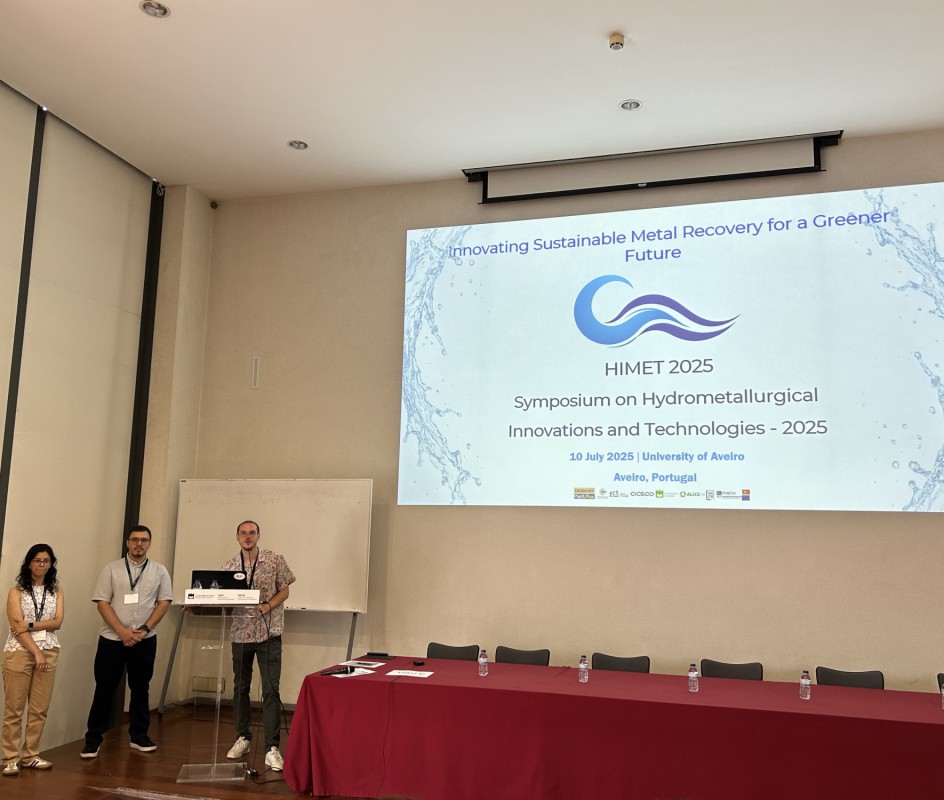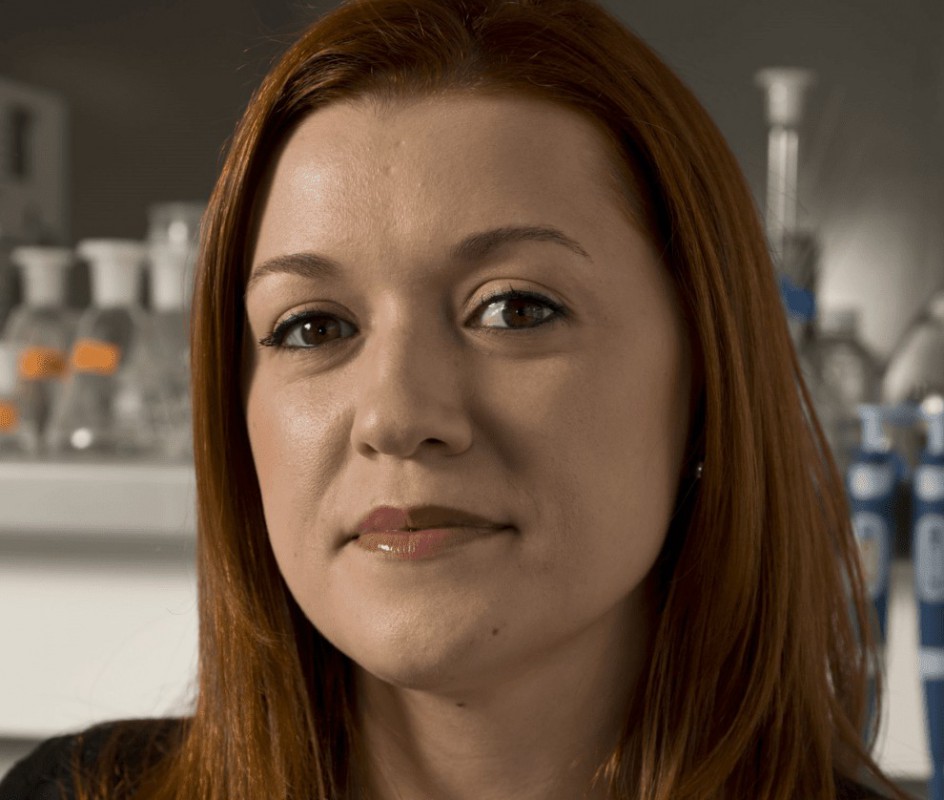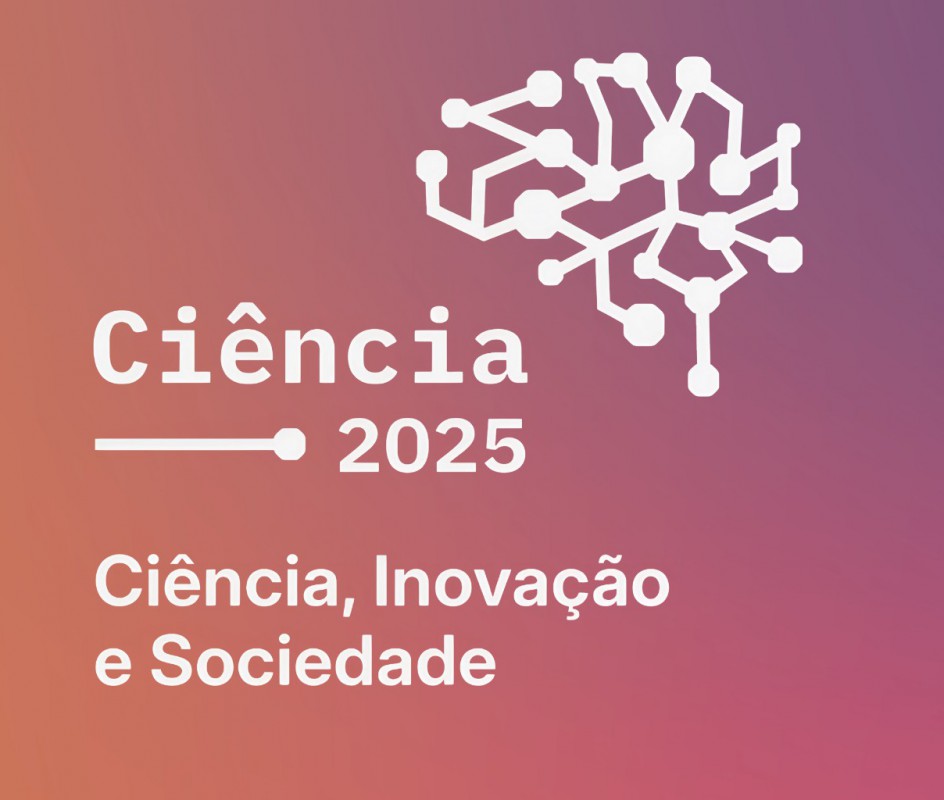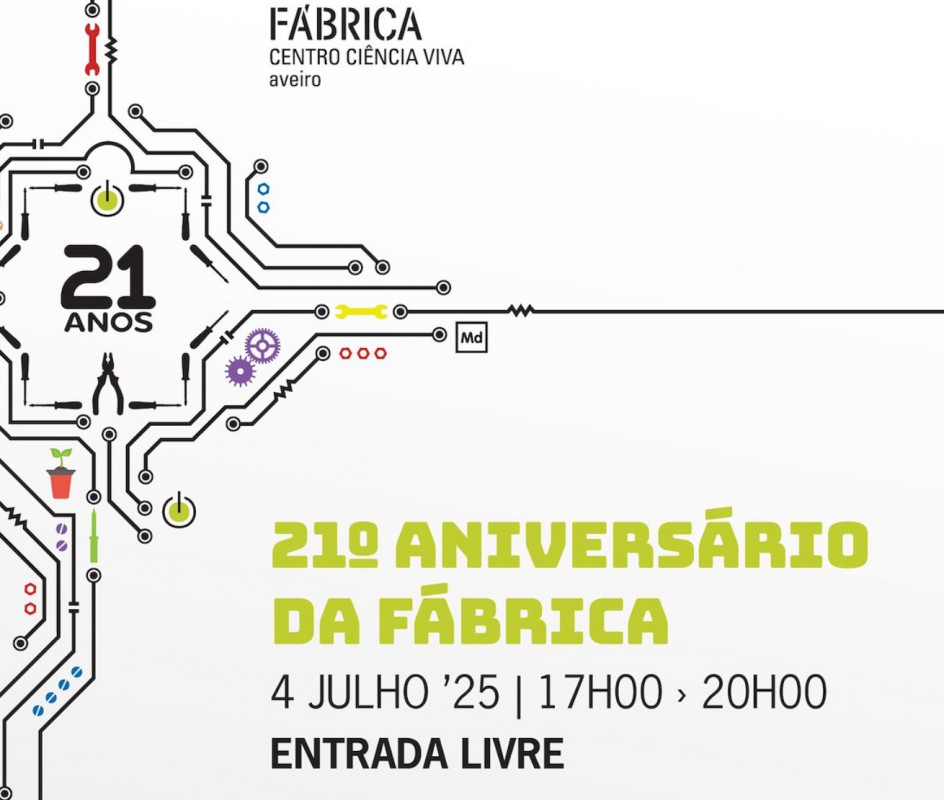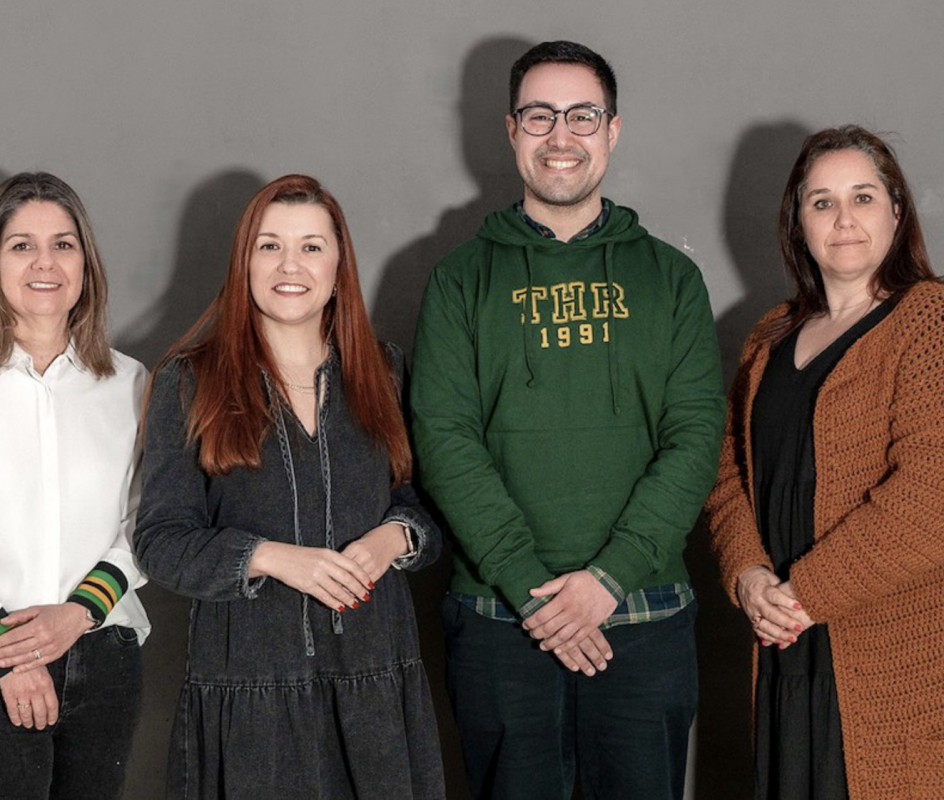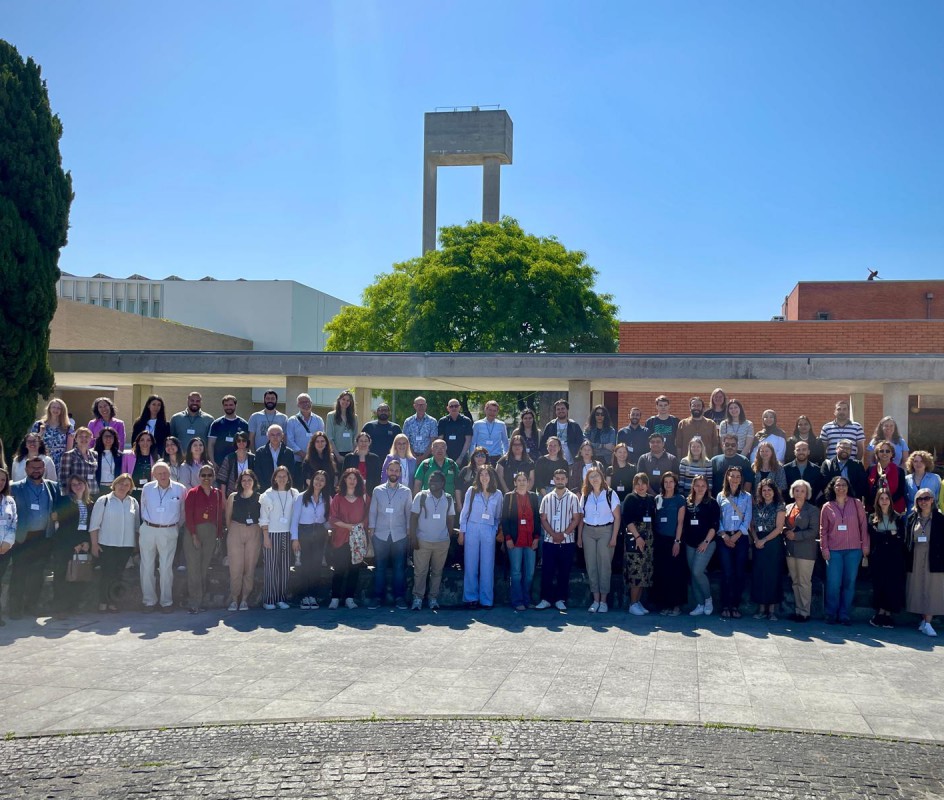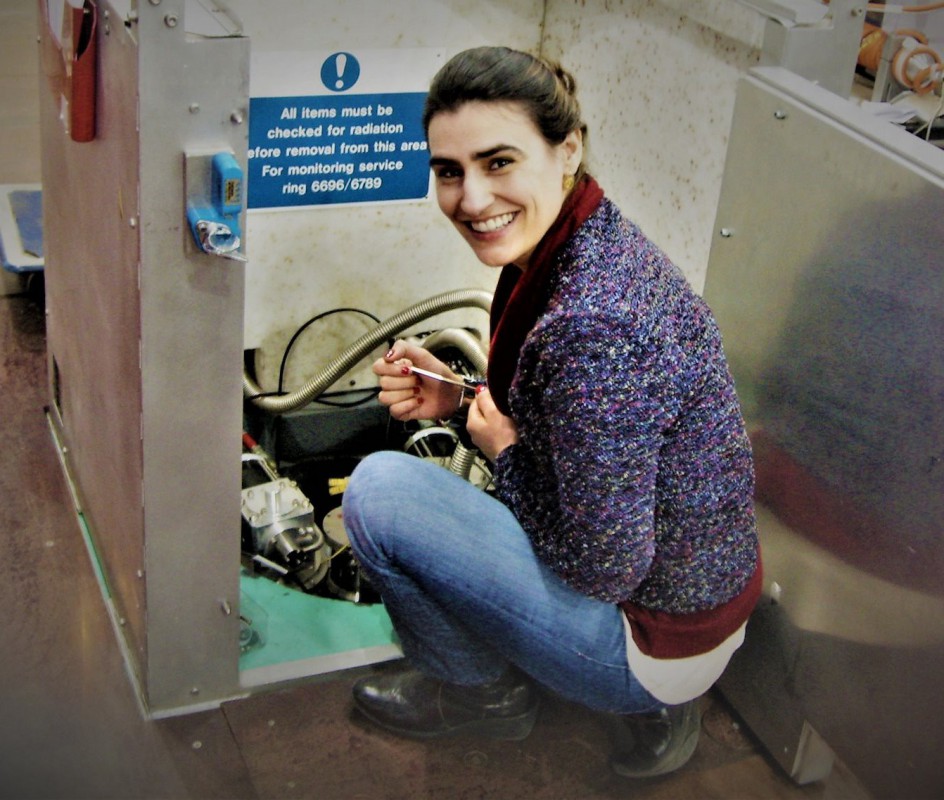
Researcher at CICECO and Department of Chemistry of the University of Aveiro (UA) in characterization of the structure and dynamics of polymers, including natural polymers and bio-based synthetic polymers, Mariela Nolasco was distinguished with a Society Impact Award from ISIS Neutron and Muon Source, UK. The award recognises research with significant societal impact.
"It was a great privilege to be recognized in an area that fascinates me so much. It is a great achievement and recognition in relation to the scientific work that I have been developing over the last few years using Inelastic Neutron Scattering (INS) combined with Computational Chemistry calculations (discrete and periodic)", comments Mariela Nolasco. "It is with great pride and expectation that I hope to serve as an inspiration to a future generation of scientists who want to work hard in this area", she adds.
The distinction awarded focuses on a set of projects submitted to ISIS/STFC Rutherford Appleton in which Mariela was Principal Researcher. These aimed at characterizing the structure and dynamics of polymers, including natural polymers (e.g. cellulose and bacterial cellulose) and synthetic bio-based polymers (furanodicarboxylate polyesters). The main strategy used in obtaining structure-properties correlation in polymeric materials uses Inelastic Neutron Scattering (INS) combined with discrete and periodic Density Functional Theory (DFT) calculations (which includes CASTEP). This combination is ideal to aid in the elucidation of measured data or, conversely, as a method of validating theoretical models.
The structural characterization by several experimental techniques and discrete calculations were performed at CICECO - Aveiro Institute of Materials by the research groups BioPol4fun-Innovation in Biopolymer based Functional Materials and Bioactive Compounds and Computational Spectroscopy. The INS spectra recording as well as the periodic calculations were performed, respectively, on the scientific instrument TOSCA and the SCARF Computing Cluster, both available at the ISIS/STFC Rutherford Appleton infrastructure, UK.
The scientific instrument TOSCA was the appropriate one for this task as it offers excellent resolution in the low energy transfer region, given that the low frequency/large amplitude vibrational modes are fundamental to understand the dynamics of these materials. It is used by scientists around the world through a competitive tender for beam time allocation.
Related Articles
We use cookies for marketing activities and to offer you a better experience. By clicking “Accept Cookies” you agree with our cookie policy. Read about how we use cookies by clicking "Privacy and Cookie Policy".


